Imported Oddball: 1968 Moskvitch 408
When I first saw the pictures of this car, I thought English Ford, then Italian Fiat. I was surprised to find a Moskvitch for sale in Florida with a clear title; all the import work has been completed already. This unusual Russian economy car is for sale here on eBay with reserve not met.
The 408 was produced from 1964 to 1976 in several locations, and was marketed throughout the Eastern bloc as well as several other European countries. This car was taken off the road and stored in 1992 due to its owner’s death. Recently imported to the US from Hungary with less than 63,000 km (39,000 miles), the car features a recent respray of its side panels and looks to be in nice shape.
It’s obvious from the styling that the Russian designers were influenced by cars in the West. Small fins, dual headlights, and even the overhang of the front grille can all be traced to European and American styling, albeit a bit dated by the time this car was produced. The quad headlights indicate that this was the upscale export model with more brightwork. I’m guessing the hole in the front bumper is for a crank, an unusual but practical feature. I have used the crank on some older Triumphs to turn the engine over to adjust the valves and points—it can be quite useful!
The interior is also in fairly decent shape, although the owner states in the ad it could use freshening. The dash features the first use of safety padding on a Russian car and also contains the original radio. Upholstery is largely intact but somewhat wrinkled with a tear or two on the driver’s seat and a few rows of loose stitching. The seller states there is no rust as well.
A surprisingly roomy trunk carries a spare and what I think may be some hubcaps inside it. I wonder why they weren’t installed for the photos? At least one of the tires was made in the USSR as is visible in a close up picture. Export models like this one were sold as the “Elite” and “Carat”, and were advertised with the slogan “More Worth Than Its Price.” I’m not sure about that, but since over 100,000 were sold in the first two years of sales, evidently a lot of people agreed with the advertising!
The Moskvitch is powered by a 1.3 liter, 50 horsepower four cylinder with four on-the-tree shifting of its manual transmission. Underhood pictures inspire some confidence as there’s no evidence of makeshift fixes and the car was said to fire right up after cleaning the carburetor. I especially like what appears to be very easy timing adjustment at the distributor and that the engine is a crossflow design. I guess it comes down to whether or not you think it’s worth the price! Tell us what you think in the comments.
Auctions Ending Soon
 1971 Ford Mustang Mach 1Bid Now6 hours$7,100
1971 Ford Mustang Mach 1Bid Now6 hours$7,100
 2003 Porsche Boxster SBid Now7 hours$6,250
2003 Porsche Boxster SBid Now7 hours$6,250
 1966 Lincoln ContinentalBid Now9 hours$500
1966 Lincoln ContinentalBid Now9 hours$500
 2000 Jaguar XJ8LBid Now4 days$1,250
2000 Jaguar XJ8LBid Now4 days$1,250
 1977 Datsun 280ZBid Now5 days$275
1977 Datsun 280ZBid Now5 days$275
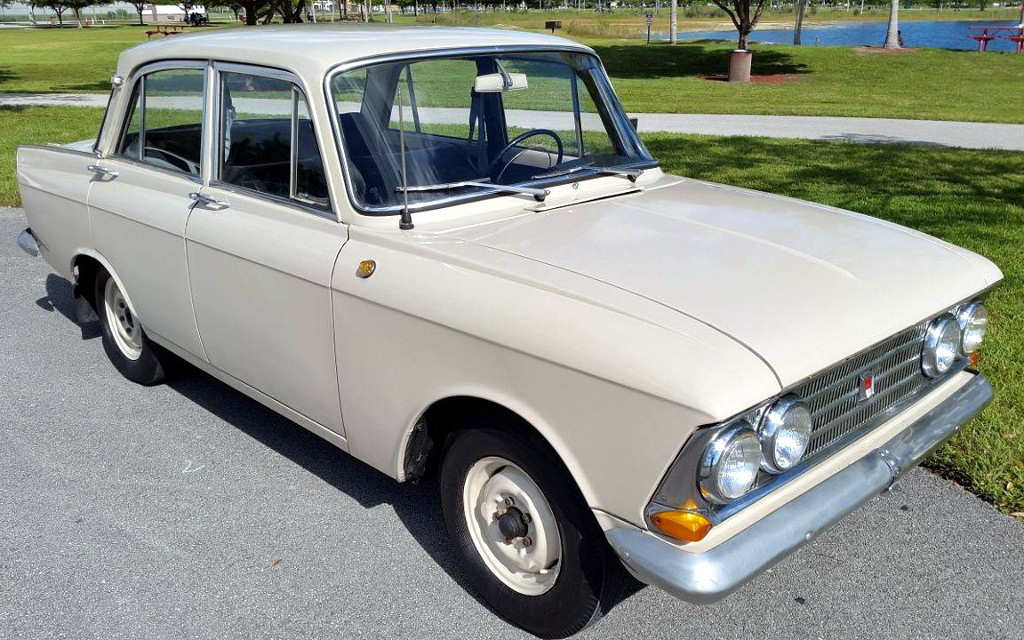
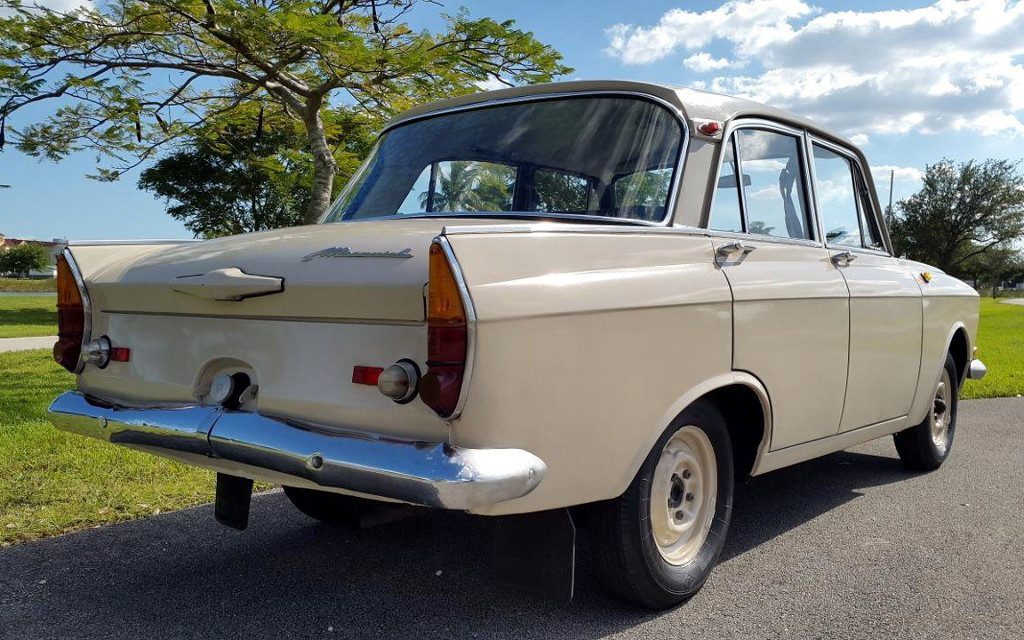
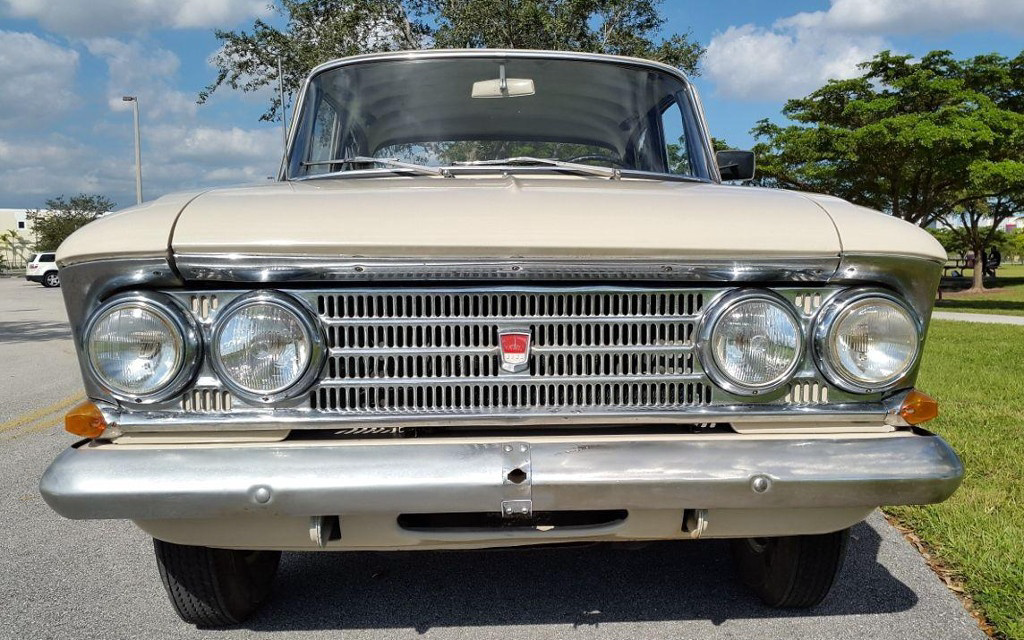

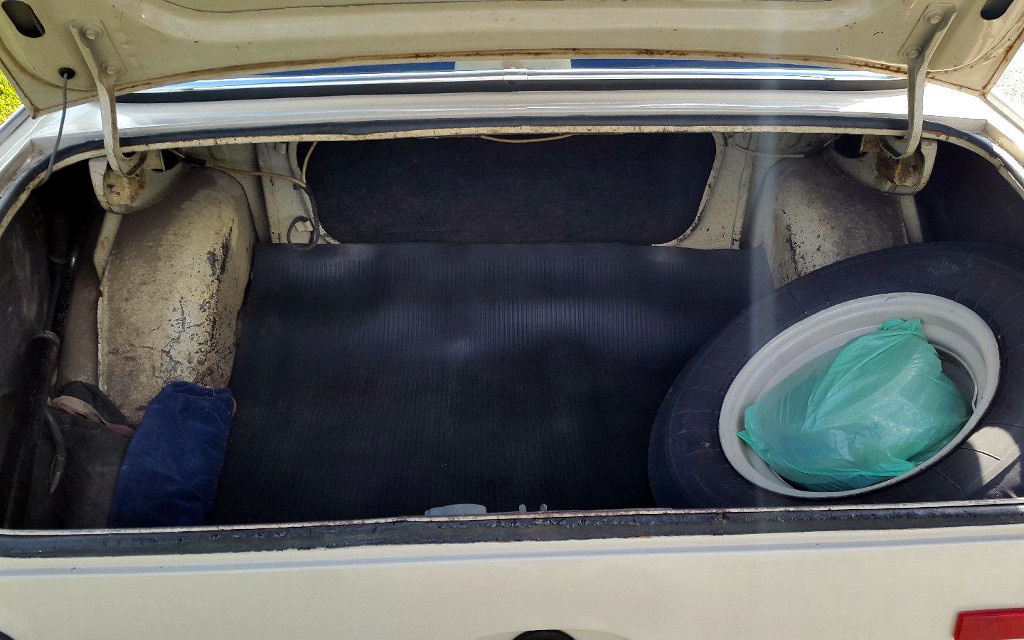
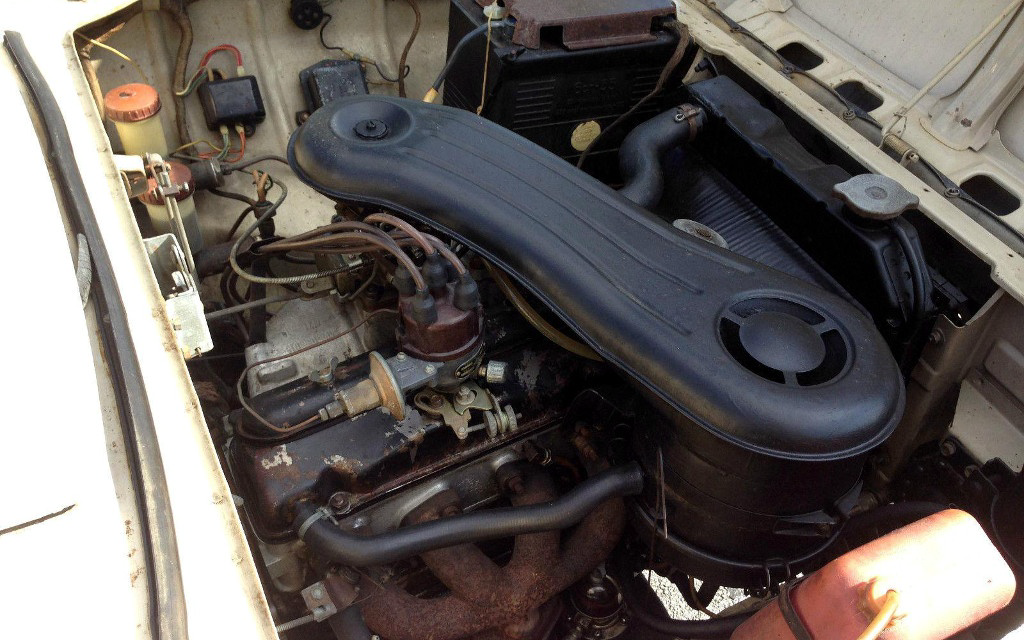

Comments
the engine probably a copy of an american engine from the 40’s or 50’s
Nope, Its a copy of BMW engine. Russians took a lot of technologies from German cars after WW2…
Why do I know it? Because I am русский )))
Had to do some searching.. 6 for sale in the UK. A 1976 2140 going for $5k.
Personally, that’s way too much for these little cars.
http://www.classiccarsforsale.co.uk/car-advert/moskvitch/2140/1976/144648/
1 GBP = 1.52 USD
If you were an upper middle class in the Soviet Union, this is what you drove. Upper echelons opted for Volga, GAZ 21. Of course, there were also Chaikas (gaz13/14) and ZIMs but those were mainly government issued as well as ZILs designated for top officials only.
In a country “starving” for anything on 4 wheels, these enjoyed quite a popularity until VAZ2101 appeared in 1970. the 408 holds the dubious title of the first Soviet car to undergo crash tests at the factory, although those results must have been stamped СЕКРЕТНО and filed deep in government archives as these were rather poor performers in actual crash conditions.
This particular car has been up for sale for quite a while. Not of any particular significance, it’s priced quite high. Keep in mind that although many were exported, these were primarily designed for Soviet Union where a city speed limit ranged from 30-40km/h and highway speeds were limited to 80-100 km/h. All that translates to is 0-60 lower than a MB240 D auto and a top speed of barely 80mph. But hey, it’s freeway legal.
This car coming from Hungary, is an export model and as such is much better quality than its domestic brethren. Soviets always prefered to put their best foot forward when it came to exports as to showcase the best of CCCP.
Check for rust. The fresh paint here could be a “front” for rusted body work so bring a Geiger counter, err, paint meter and a magnet. Good luck commarade
For sure wouldn’t have to worry about running into your twin on cruise night!
Where would you go for spare parts?
good thing about soviet auto industry is that it did not try to re-invent the wheel on many electronic and mechanical items such as rotors, caps, points, etc. these are very straight forward cars designed for back yard (or back of the farm house) repairs as Service Stations were far and few in-between and you had to be connected to get even onto the waiting list. so servicing these is not an issue – when it comes to their domestics, russians have proven themselves to be no less resilient than their Cuban counter parts in keeping vintage iron on the road. as I said before, rust, especially structural should be the greatest concern here…
I see Fiat and Datsun/Toyota econocar in this.
I guess Khrushchev didn’t want The People going wild in the streets.
there sure are lot of cars from that part of the world to interest a collecter. seems like an untapped supply of low cost fun, maybe. not sure about this car but some of the Ladas that show up on the net sure do interest me. but again parts to keep them running would/could be hard to find. great find
My Nan’s friends had one of these that they bought in 1975 and it was rare then. I have not seen one in England for years. Nice find to find one in the US !
Great little car, my parents bought one new in UK. Had a tool kit that would equip a garage, not many service stations in Russia in 1960’s, so do it yourself! As one would expect it always started in severe winter weather , when others were swinging the crank handle! Engine very similar to Austin A40. or Fiat at the time.
My father bought one new for 990 pounds in 76 and after owning two nice Jags I was ashamed to be seen in it. In the summer the vinyl seats smelled of toxic chemicals
Reminds me a lot of a pristine Peugeot 404 I bought back in the 70’s for $400.00. What a car! It too had a crank. 4 on the tree. fog lights. AM/Short Wave radio with an antenna on top of the windshield. Comfortable as hell, and quiet at highway speeds.
With original Russian battery . Incredible .
Those batteries were non-sealed and used lead plates – all you had to do was add acid. As kids, we used to crack the batteries open and melt down the plates to make sand cast (or dirt cast) toys. Never really worked all too well, but oh what fun…
$5,100 thats about £2,200 – 28 maybe once yove imported it to the UK though you’d be back at that figure. It is however a Euro car so Tax wouldn’t have to be paid, you could classic insure it and tax would be free, but you would have to pay holding charges at the docks while they MOT it.
These are an intresting vehicle and I think quite attractive. If you lift the mats I think you’ll find 2 rectangular holes in the floorpan, this was so you could park on a lake and fish, the car even came with a hanging bracket for 2 torches and a drill (supplied) so you could do it with a friend or alternativly a “friend”. the issue is however that USSR steel is renowned to be very thin and… well it justs rusts so quickly and easily.
Maybe then its better to leave it in america where it can be an odball forever and hopefully wont rust.
The U.K. show Top Gear did a show some time ago about Soviet era cars and the conclusion seemed to be they were mostly crap.
This engine is originaly from Opel since1936 with some inovations by russian engineres. The next generation Moskvich 412 with 1,5 l engine is similar to BMW since 1960.